Advertisement
In today's digital world, every company must safely store its data. Every day, businesses compile enormous volumes of personal data. It includes names, addresses, Social Security numbers, and other personally identifiable information (PII). Protecting PII is crucial with increased data breaches and internet hackers. Compliance analytics can be extremely helpful. It provides businesses with clever instruments to adhere to policies and maintain data security.
These instruments safeguard customers, help to prevent major fines, and stop risks. Compliance analytics helps companies to remain legal and safe. It also maintains user information security and fosters confidence among them. Every company ought to take advantage of it. Let's explore how it satisfies PII regulations and why it is important now.
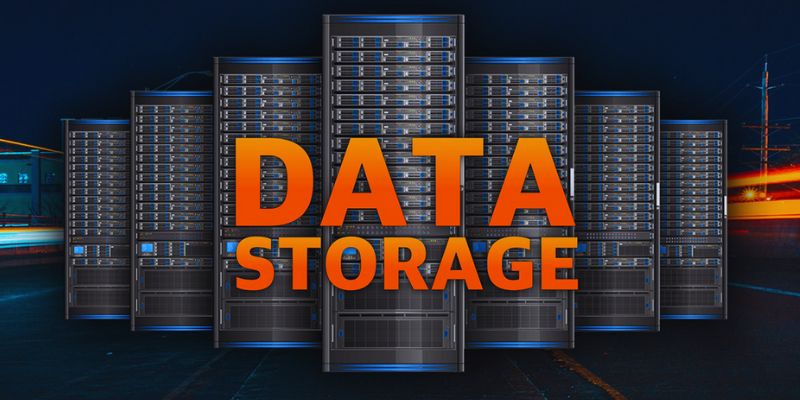
Compliance analytics uses smart tools to ensure businesses follow guidelines for handling personal data. Like GDPR, HIPAA, and CCPA, these guidelines guide companies in safeguarding sensitive data. Tracking data storage and usage is made possible with compliance analytics. It looks at if everything is done as it should and notes any flaws. If something goes wrong, it provides alarms and suggestions for quick fixes. It helps businesses avoid hefty fines, lose client confidence, and protect their reputation.
Compliance analytics lets companies discover hazards before they become major problems. It functions for all of your data systems like a safety inspection. Businesses can locate weak points, correct them, and keep them safe. Compliance analytics is crucial nowadays. It maintains consumer satisfaction with data security and ensures enterprises are on the proper side of the law. Every smart business makes use of it.
Helping companies properly handle personal data and satisfy high PII protection requirements depends mostly on compliance analytics.
Encryption converts personal data into unreadable code to protect it. Laws, including GDPR and HIPAA, call for this protection. Compliance analytics tools determine whether encryption is used at rest and in transit. If an issue arises, they send alerts with quick fixes. It ensures the protection of important information. Encryption maintains private data protected from illegal access, even in data breaches. These instruments help companies to feel confident that their data is protected. They also lower legal risks, foster customer trust, and assist in avoiding expensive fines. For any company, using compliance analytics simplifies smart and lawful data protection.
PII must be tightly regulated and shared only with authorized individuals. Compliance analytics logs personal data view, modification, or deletion activity. Alerts are delivered straight away if someone without permission attempts to access it. These tools maintain reliable recordings of all data activity. Frequent audits help identify flaws and prevent insider threats. This proactive strategy develops good security practices and safeguards sensitive data. Businesses that remain compliant and act swiftly on problems remain safer. Effective monitoring ensures that only trustworthy people see private information. It complies with the law and fosters confidence among consumers and partners.
Making reports to show compliance is a major responsibility, as manual labor takes time and could result in mistakes. Compliance analytics streamlines this by automatically creating reports on data consumption, access, and security actions. These clear, quick, accurate reports are unambiguous. Businesses may demonstrate they adhere to HIPAA and GDPR policies. Custom templates satisfy different legal requirements. For staff, this saves time and reduces stress. Compliance starts to shape daily life. Automated reporting ensures companies are always ready for audits and helps prevent mistakes or expensive fines.
Sometimes, businesses unknowingly overlook data regulations. Compliance analytics quickly identifies these problems by tracking data handling, access, and storage. It warns companies when something seems out of line or non-compliant so they may respond before issues get more serious. Early risk management could mean process updates or staff training improvement. By being proactive, one gains confidence and helps to avoid expensive fines. Companies get ahead of possible problems and preserve a robust data security strategy when the correct tools are in place. It ensures consumer data security and corporate operations, preserving the company's compliance with laws and reputation.
Data storage for too long can breach privacy laws. Compliance analytics tracks data collection periods and storage duration. It tells companies to destroy or anonymize data once it's not needed. Automated rules streamline this procedure, ensure data sanitation, and help to save storage costs. It shields consumer personal data from public view as well. Proper data retention practices prevent system corruption and avoid compliance issues. Following these rules helps companies remain lawful and fosters consumer confidence. Compliance tools ensure companies can handle private data properly and in line with privacy rules by making data management simpler, safer, and more efficient.

Fast response is crucial during a data breach. Compliance analytics quickly identifies the issue, revealing events and their severity. It helps businesses resolve problems promptly, as regulations like GDPR require swift breach notifications. These tools enable companies to meet deadlines and document actions taken, ensuring legal compliance. Analyzing breach data also informs future security strategies. Compliance analytics allows businesses to act quickly, protect sensitive information, and maintain customer trust. It ensures companies remain compliant, address risks efficiently, and improve their overall data protection efforts, safeguarding customer data when it matters most. Compliance analytics is key to maintaining strong security and quick recovery.
Maintaining personal data security and following rigorous legal standards depend on compliance analytics. It enables businesses to manage data better, identify early risks, and avoid significant fines. Smart tools let companies quickly monitor, document, and address problems. It not only enhances security but also helps consumers to develop trust. Every organization handling personal data has to give data security first importance. Compliance analytics helps businesses follow the law and protect privacy. It strengthens companies' reputations and helps them to be ahead of challenges. This analytics is a creative, robust, and required answer in a world with data risks.
Advertisement

Discover how Getty's Generative AI by iStock provides creators and brands with safe, high-quality commercial-use AI images.
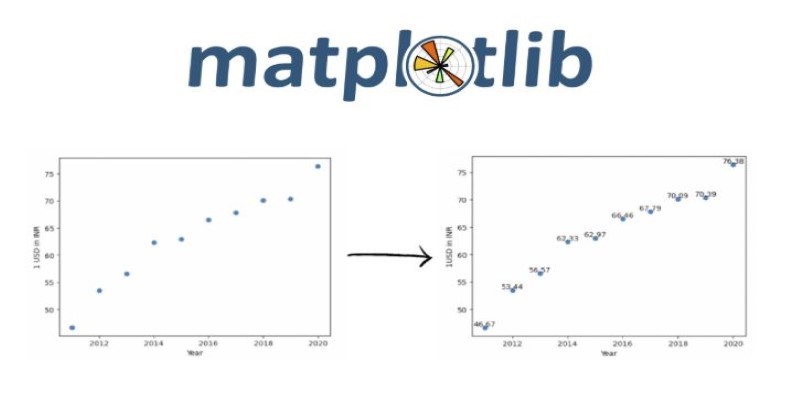
Explore effective ways for scatter plot visualization in Python using matplotlib. Learn to enhance your plots with color, size, labels, transparency, and 3D features for better data insights
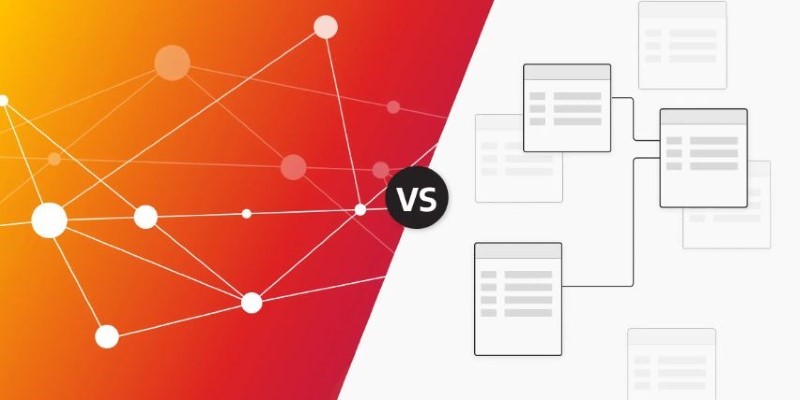
Understand the real differences in the relational database vs. graph database debate. Explore structure, speed, flexibility, and use cases with real-world context
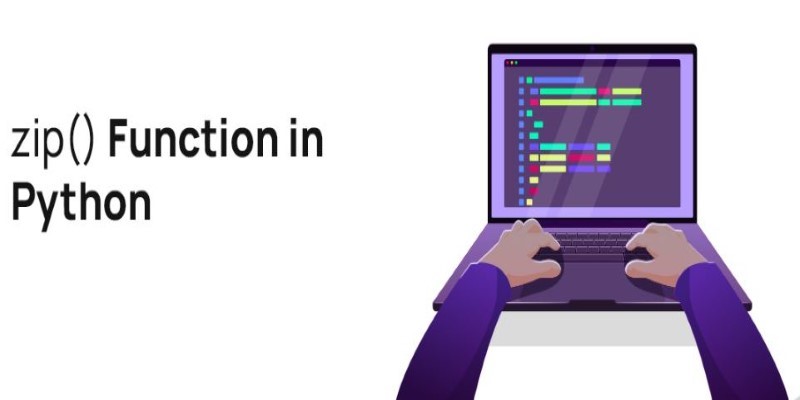
Learn how the zip() function in Python works with detailed examples. Discover how to combine lists in Python, unzip data, and sort paired items using clean, readable code

Stay informed with the best AI news websites. Explore trusted platforms that offer real-time AI updates, research highlights, and expert insights without the noise

Learn about Inception Score (IS): how it evaluates GANs and generative AI quality via image diversity, clarity, and more.

Anthropic faces a legal battle over AI-generated music, with fair use unlikely to shield the company from claims.

Ask QX by QX Lab AI is a multilingual GenAI platform designed to support over 100 languages, offering accessible AI tools for users around the world

Learn seven methods to convert a string to an integer in Python using int(), float(), json, eval, and batch processing tools like map() and list comprehension
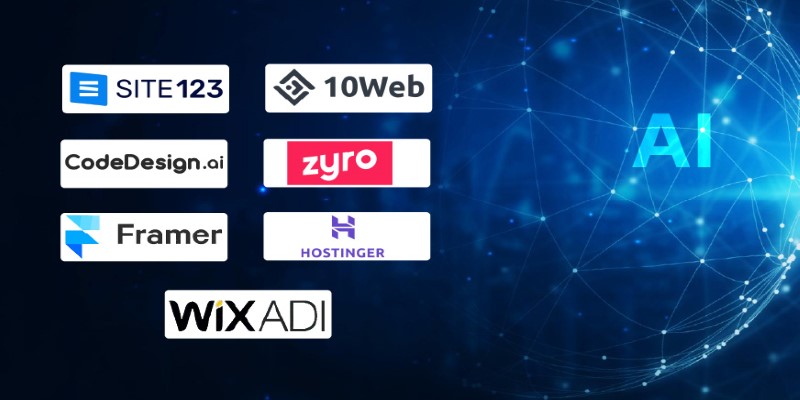
Looking to turn your images into stickers? See how Replicate's AI tools make background removal and editing simple for clean, custom results

How to create an AI voice cover using Covers.ai with this simple step-by-step guide. From uploading audio to selecting a voice and exporting your track, everything is covered in detail

Learn how AI parameters impact model performance and how to optimize them for better accuracy, efficiency, and generalization